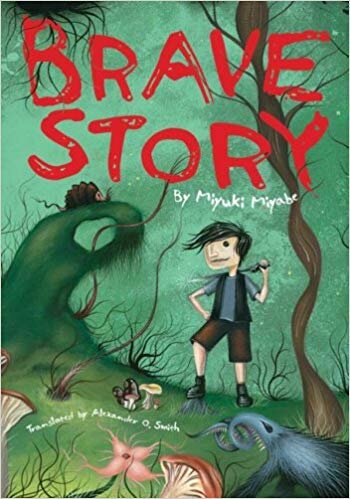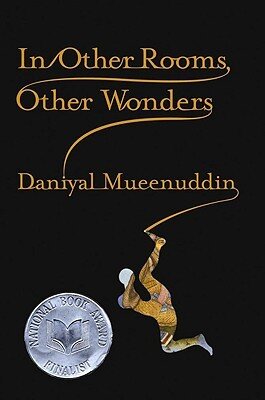In the Miso Soup by Ryu Murakami (Kodansha)
In the Miso Soup was first published in Japanese in 1997 under the same title and won the Yomiuri Prize for Fiction in the same year. The English translation was published in 2003 and was translated by Ralph McCarthy. The story centers around two main characters. The protagonist, Kenji, is from Shizuoka. He’s twenty years old and his mother believes he’s taking college prep courses in Tokyo. Frank is a heavy-set American tourist who found Kenji’s name and ad as a guide in a publication called “Tokyo Pink Guide”.
Kenji works as an unofficial “nightlife guide”. In other words, Kenji helps gaijin (foreign tourists) expore the seedier side of Japan - the sex parlors, cabarets, hostess clubs, S&M bondage clubs, peep shows, “soap lands” and “pink salons”. He has been hired by Frank for three consecutive nights before New Year’s Day. The day Kenji receives a phone call from Frank, he was reading a newspaper article about the death of a young high school girl. The article said, “her corpse had been dumped at a trash collection site in a relatively untraveled area in the Kabuki-cho district of Shinjuku with arms, legs and head cut off.”
Kenji meets Frank at his hotel and Frank definitely wants to be taken to Kabuki-cho. After exchanging pleasantries, Kenji gets down to business and asks what Frank wants to do tonight. Frank answers with a grin and says, “Sex!” Kenji seems to find Frank’s grin unnerving but he can’t pinpoint why it makes him feel that way. Kenji makes small talk with Frank but he suspects that Frank is not telling him the truth and Kenji wonders why.
Frank tells Kenji that he wants to build up his mood before going to one of the sex parlors. They start out the evening by going to a lingerie pub. A place where women just sit and talk to you while only wearing underwear. Frank brought out his copy of the “Tokyo Pink Guide” book and begins reading the English-Japanese sex glossary. When Frank pulled out his wallet to pay the bill, Kenji couldn’t help but notice a dark stain on one of the notes. To Kenji, it looked like dried blood. Kenji thought of the newspaper article he read earlier and begins to have his suspicion that Frank is not what he says he is, however, Kenji has promised to be his guide for two more nights..
It would be the second day of guiding Frank which would lead to Kenji fearing for his life. Kenji had taken Frank to an omiai pub, a bar where you can meet available single women and negotiate with them if you want something more. When Kenji was handed the bill, it was much more than the quoted price they were given. The manager is given really filthy bills so Frank asks Kenji to translate to see if he can use a credit card. The manager reluctantly agrees. Frank tells the manager and girls at the place to look closely at the card. Kenji senses that he is hypnotizing them. Frank then tells Kenji to leave for a moment and calls his girlfriend that he would handle this.
When Kenji comes back to the pub, he sees one of the girls “who looked as though she had another mouth below the jaw. Oozing from this second, smiling mouth was a thick, dark liquid, like tar.” The woman’s throat had been slit from ear to ear and yet she still seemed to be alive. Kenji was paralized with fear and thought Frank might kill him as well.
Kenji manages to keep his wits about himself but is confused when Frank tells him that he should go to the police and tell them what he has done. Kenji must make a choice. Should he go to the police and report what he has seen? Should he pretend he knows nothing about what happened inside the omiai pub?
Murakami’s gruesome tale of murder and violence is disturbing and intriguing. The reader will be drawn to the seedier side of Tokyo and will be shown the darker side of the human spirit. Read at your own risk. ~Ernie Hoyt



















